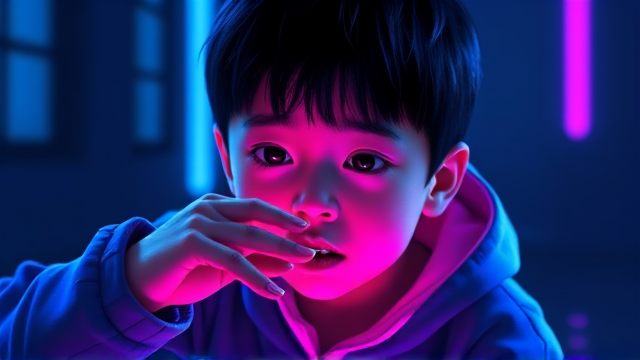Japan's AI Child Porn Loophole Exposed by Conviction
The recent conviction of Masanaga Kageyama, the Japan Football Association’s former technical director, in a French court for viewing AI-generated child abuse material has ignited a critical examination of Japan's legal frameworks, exposing a dangerous chasm between technological advancement and protective legislation. While Kageyama received an 18-month suspended sentence, a penalty that underscores the gravity of his actions in a jurisdiction that draws no legal distinction between real and synthetic exploitation, the case reverberates back to a Japan where such hyperrealistic AI-generated imagery exists in a troubling legal gray area.This isn't merely a story about one man's transgression; it's a stark case study in how globalized digital crime collides with fragmented national laws, creating sanctuaries for those who would use artificial intelligence to circumvent the spirit, if not the letter, of child protection statutes. Japan’s current laws, which rightly criminalize the possession and distribution of child pornography involving actual children, have yet to be updated to explicitly encompass content generated entirely by algorithms, a loophole that critics argue effectively fuels a burgeoning and grotesque market for simulated abuse.The ethical implications here are profound, echoing the very dilemmas Isaac Asimov might have pondered—where does the responsibility lie when a creation, even a synthetic one, perpetuates real-world harm? Proponents of strict regulation argue that the psychological impact on viewers and the normalization of such predatory behavior are indistinguishable, regardless of the image's origin, and that the very existence of this content creates demand that can spill over into the abuse of real children. Conversely, some free-speech advocates and technologists caution against overly broad legislation that could stifle legitimate AI art and innovation, yet this case seems to land squarely on the side of urgent action, demonstrating how a lack of clear policy can make a nation an unwitting haven for digital exploitation.The international pressure on Japan is now mounting, with global child safety organizations pointing to this conviction as a clarion call for harmonizing laws across borders to prevent jurisdictional arbitrage by offenders. As we stand at this precipice, the Kageyama saga forces a necessary, if uncomfortable, conversation: in our rush toward an AI-augmented future, we must preemptively build the ethical guardrails and legal structures that prevent powerful new tools from being weaponized against the most vulnerable, ensuring that our technological progress is matched, and indeed guided, by our moral compass.
Latest News
It’s quiet here...Start the conversation by leaving the first comment.
